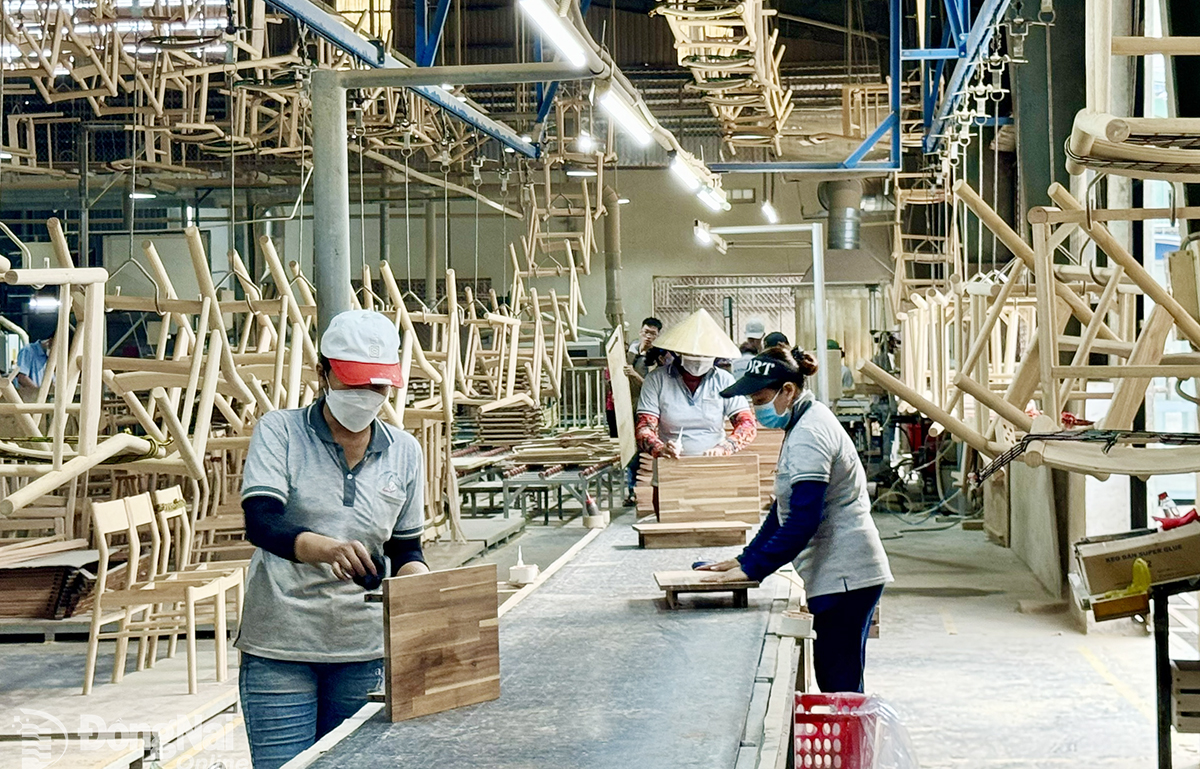 |
| The US is a major import market for wood products. In the photo: Production at Kim Vinh Phu Company Limited, Long Binh Ward, Bien Hoa City. Photo: B.Nguyen |
The new reciprocal tax rate that the US has imposed on Vietnam is 46%, the highest compared to other countries exporting agricultural, forestry and fishery products to this market such as: India is 26%, Ecuador is 10%, Indonesia is 32%, Thailand is 36%...
Greatly affected
According to the Ministry of Agriculture and Environment, the US is currently the second largest export market for agricultural, forestry and fishery products (AFF) of Vietnam (after China), accounting for 20.2% of Vietnam's total AFF export turnover. In 2024, AFF exports to the US will reach more than 14.3 billion USD, an increase of 25% compared to 2023. In the first quarter of 2025, AFF exports to this market will reach more than 3.2 billion USD, an increase of nearly 15% compared to the same period in 2024. In particular, the main export items include: wood, pepper, cashew, seafood, coffee and vegetables.
In Dong Nai, in 2024, agricultural and forestry exports will have many bright spots with a turnover of 3.7 billion USD, an increase of 17% over the same period in 2023. Of which, wood and wooden products account for a large proportion, reaching more than 1.4 billion USD. In addition, other key agricultural export products of the province include coffee; cashew nuts; rubber; pepper, seafood; vegetables and fruits... all of which are items that the US has a large import demand for.
The Ministry of Agriculture and Environment directs localities, businesses and farmers to maintain production plans without changes during this period. Solidarity and consensus for the common interests of the industry community and the country will be the decisive factor during this period.
Nguyen Hoai Nam, General Secretary of the Vietnam Association of Seafood Exporters and Producers (VASEP), said that the US is not only the market with the largest export value but also has a role in orienting the seafood market. Currently, there are about 400 enterprises exporting to this market, so if the corresponding tax is 46%, the seafood industry will face many difficulties.
Phung Van Sam, representative of the Vietnam Pepper and Spice Association (VPSA), commented that about 30% of Vietnam's pepper and spice market share is exported to the US. Therefore, when the US announced that it would impose high tariffs on Vietnam, all exporting enterprises and buyers were very surprised and worried, so most of the signed export contracts to this market had to be postponed or even canceled. Not only enterprises but also many farmers in the raw material areas were worried about whether they should continue to invest and expand pepper cultivation?
Prepare a scenario for the worst case scenario
Mr. Ngo Hong Phong, Director of the Department of Quality, Processing and Market Development, said that enterprises and associations need to proactively discuss with customers and import partners to have a plan to handle signed contracts, and share responsibility when additional taxes are imposed. Continue to consider solutions to the issues that the US is concerned about. Strictly control the origin to avoid the US claiming that the origin of goods from China is fraudulent and consider the final decision on the proposed plan to impose a tax of 0%.
 |
| Wood export production at Kim Vinh Phu Company Limited, Long Binh Ward, Bien Hoa City. Photo: B.Nguyen |
In the long term, it is necessary to redirect export markets to some countries that have FTAs with Vietnam. In order of priority for each product, it is: wood and wood products to Japan, China, Europe; seafood to China, Japan, Europe, Korea; cashew nuts to Europe, China, UK; pepper to Europe, India, China; vegetables to China, Korea, Europe, ASEAN; coffee to Germany, Italy and Japan.
Many industry associations and businesses have proposed solutions to increase agricultural imports from the US, contributing to solving the difficulties of reciprocal taxes from the US. Mr. Vo Van Phuc, General Director of Vietnam Clean Seafood Joint Stock Company (Soc Trang province), compared that in the cost structure of shrimp, nearly 45% is the cost of feed. Vietnam currently imports many feed ingredients from other countries, so it should increase the purchase of raw materials from the US. It is necessary to create conditions for businesses to invest in the US and bring goods to Vietnam to serve production.
The Dong Nai Livestock Association has also just sent a document to the Government proposing solutions to increase the import of soybeans, soybean meal, corn... from the US. These are all items that Vietnam mainly imports with a value of billions of USD/year. In addition, the US is also a supplier of high-quality pig breeds. On average, a Vietnamese pig breeding farm imports 250 great-grandfather pig breeds/year, worth about 0.5 million USD.
Chairman of the Dong Nai Livestock Association Nguyen Tri Cong said that the US Department of Agriculture (USDA) is implementing the GSM-102 Program - a program that provides credit guarantees to encourage the export of US agricultural products with a deferred interest rate of only 1%/year. In Vietnam, there are 6 banks participating in the GSM-102 Program, but the interest rates offered by these banks are not reasonable, leading to ineffective implementation. I hope the Prime Minister and the Governor of the State Bank will pay attention and consider creating conditions for banks to guarantee the GSM-102 Program with an interest rate of 1-1.5% to reduce the burden on importing enterprises; creating conditions to increase imports of agricultural products from the US. This contributes to balancing Vietnam - US trade and helps reduce costs for the domestic livestock industry.
Minister of Agriculture and Environment Do Duc Duy emphasized that the ministry has and will continue to implement solutions previously directed by the Government. In particular, negotiations with US partners such as the US Department of Agriculture and the US Embassy in Vietnam will be strongly promoted, in order to have a common voice with the US Government.
In addition, the Ministry will also review technical barriers to the import and export of agricultural products, especially agricultural products from the US. The Ministry will also coordinate with enterprises to research and develop industries producing agricultural input materials. At the same time, it will encourage deep processing, restructuring production, increasing the competitiveness of goods, and diversifying markets. The Ministry will remove technical issues that the US has reported as non-tariff barriers such as quarantine, labeling, import tariff quotas for salt, eggs, and sugar, etc.
Binh Nguyen
Source: https://baodongnai.com.vn/kinh-te/202504/nganh-nong-lam-thuy-san-lo-lang-truoc-chinh-sach-thue-moicua-my-7a854ae/




![[Photo] April 30, 1975 - Steel imprint engraved in history](https://vstatic.vietnam.vn/vietnam/resource/IMAGE/2025/4/26/b5a0d7f4f8e04339923978dfe92c78ef)
![[Photo] Attractive extracurricular lessons through interactive exhibition at Nhan Dan Newspaper](https://vstatic.vietnam.vn/vietnam/resource/IMAGE/2025/4/26/1f307025e1c64a6d8c75cdf07d0758ce)
![[Photo] Panorama of the rehearsal of the parade to celebrate the 50th anniversary of national reunification](https://vstatic.vietnam.vn/vietnam/resource/IMAGE/2025/4/26/afd7e872ef6646f288807d182ee7a3da)
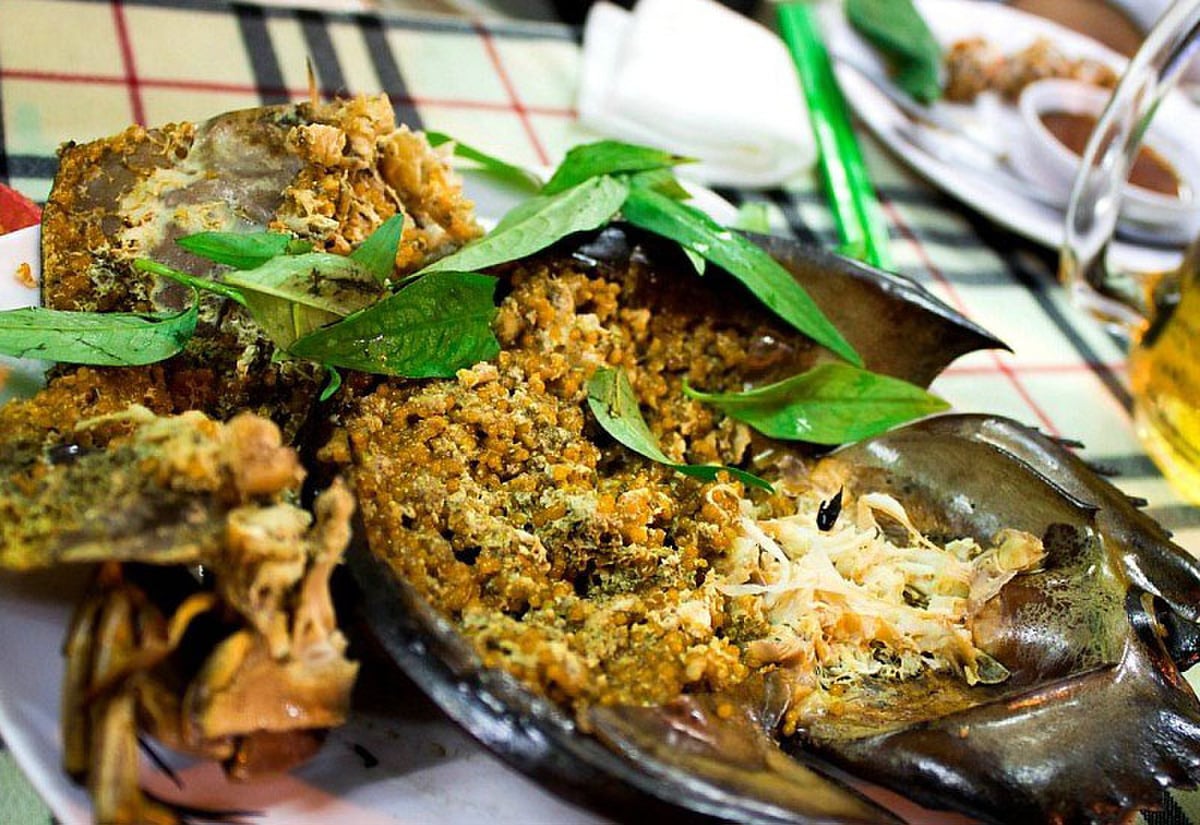
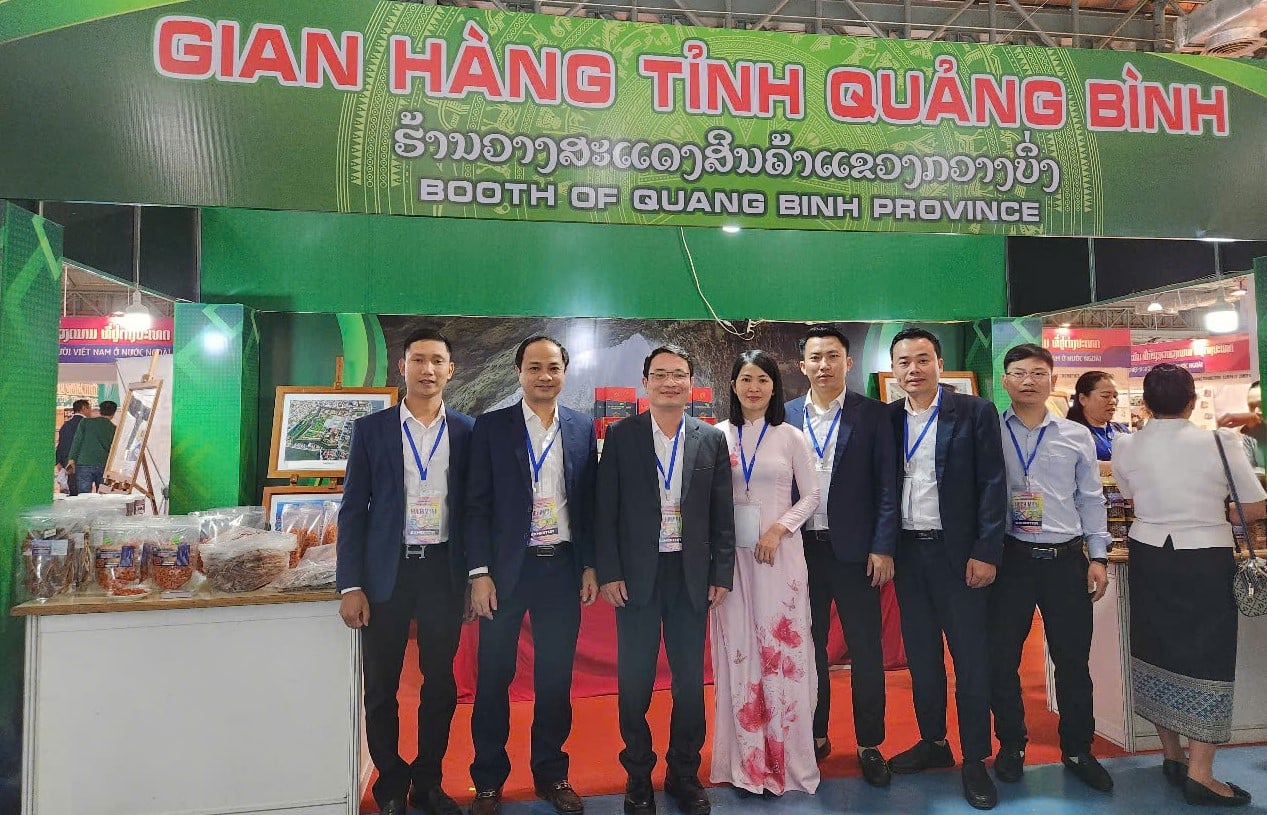


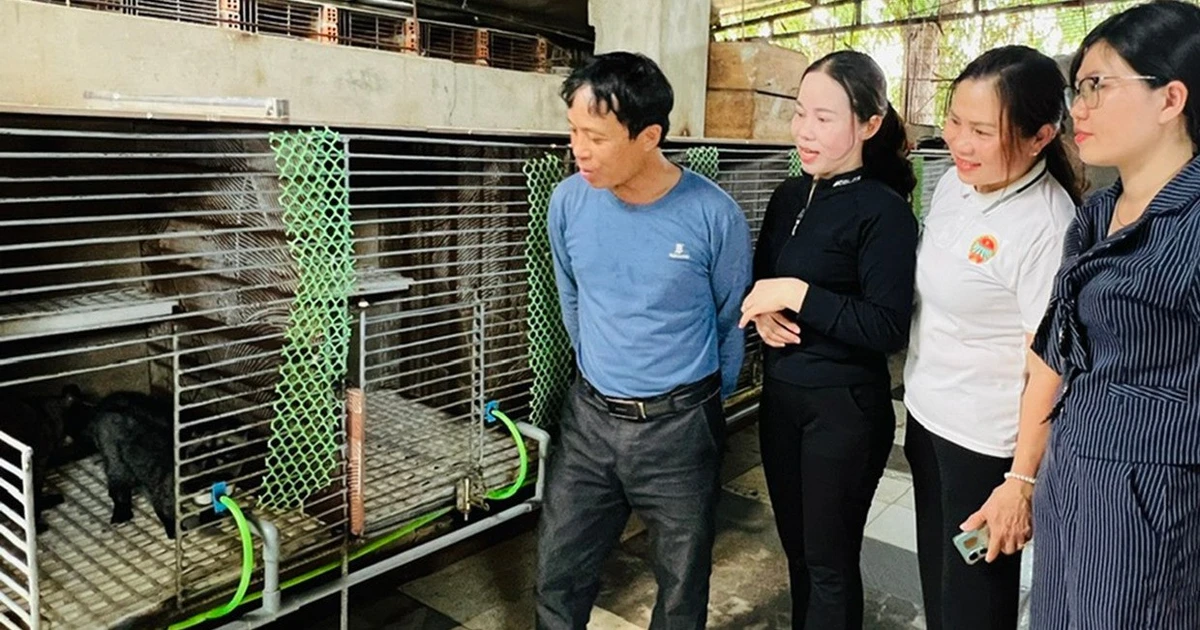





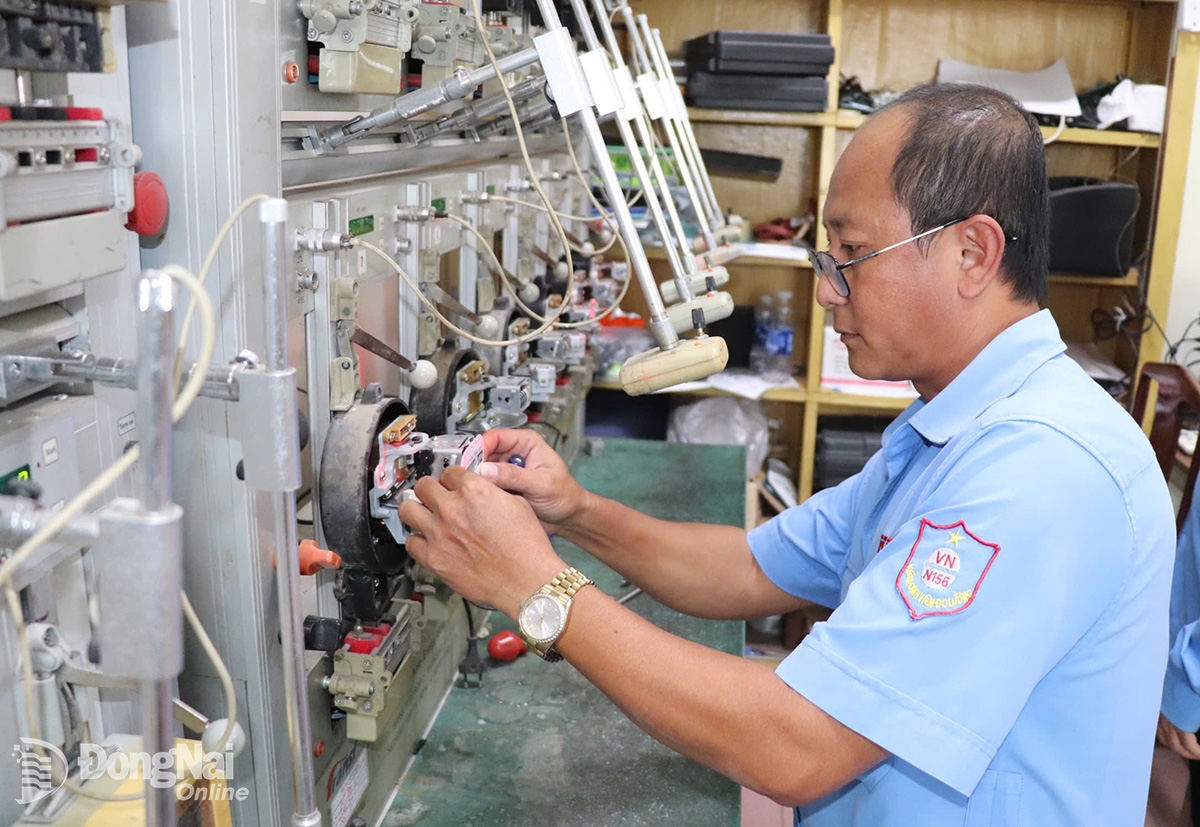
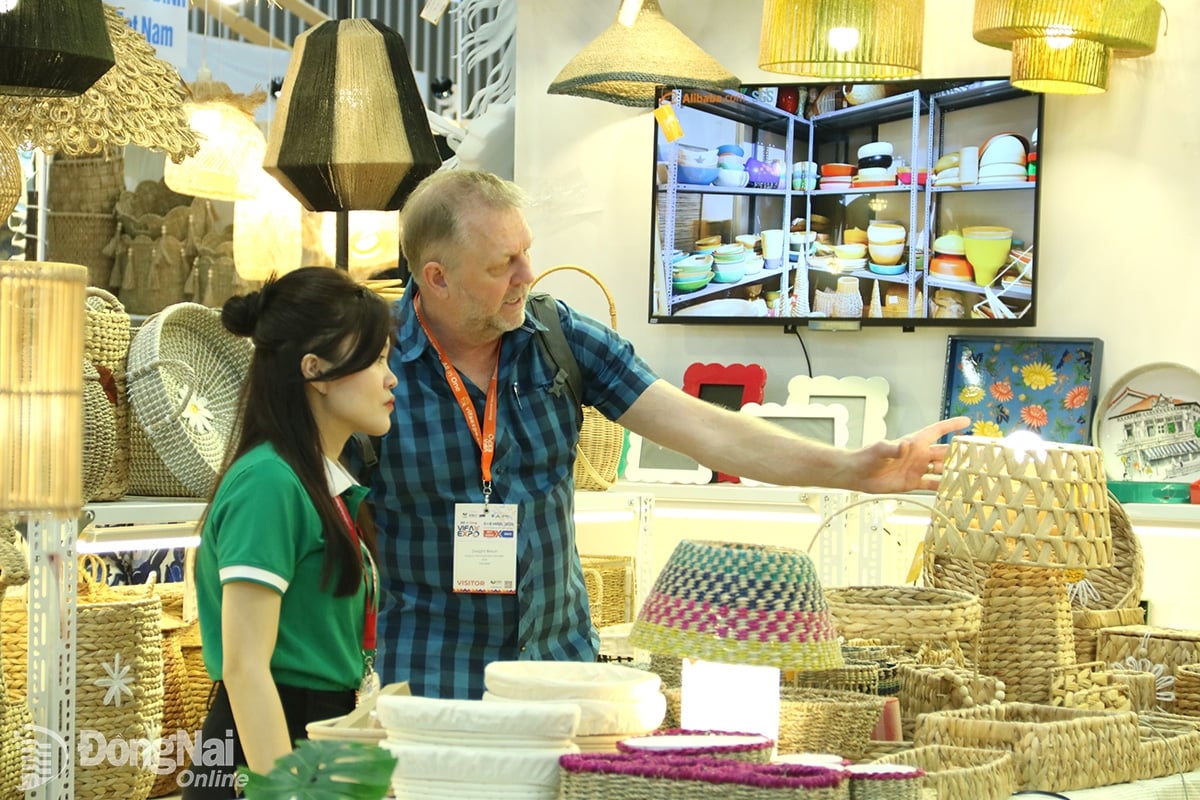
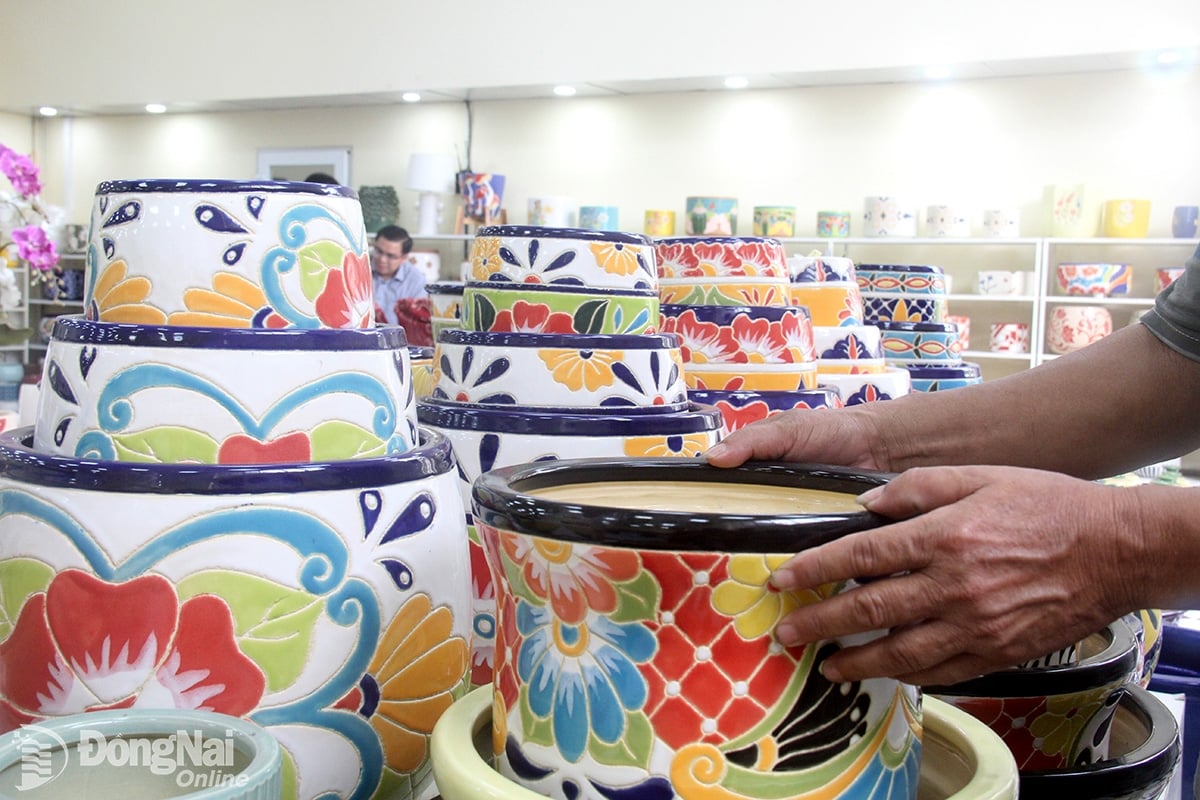
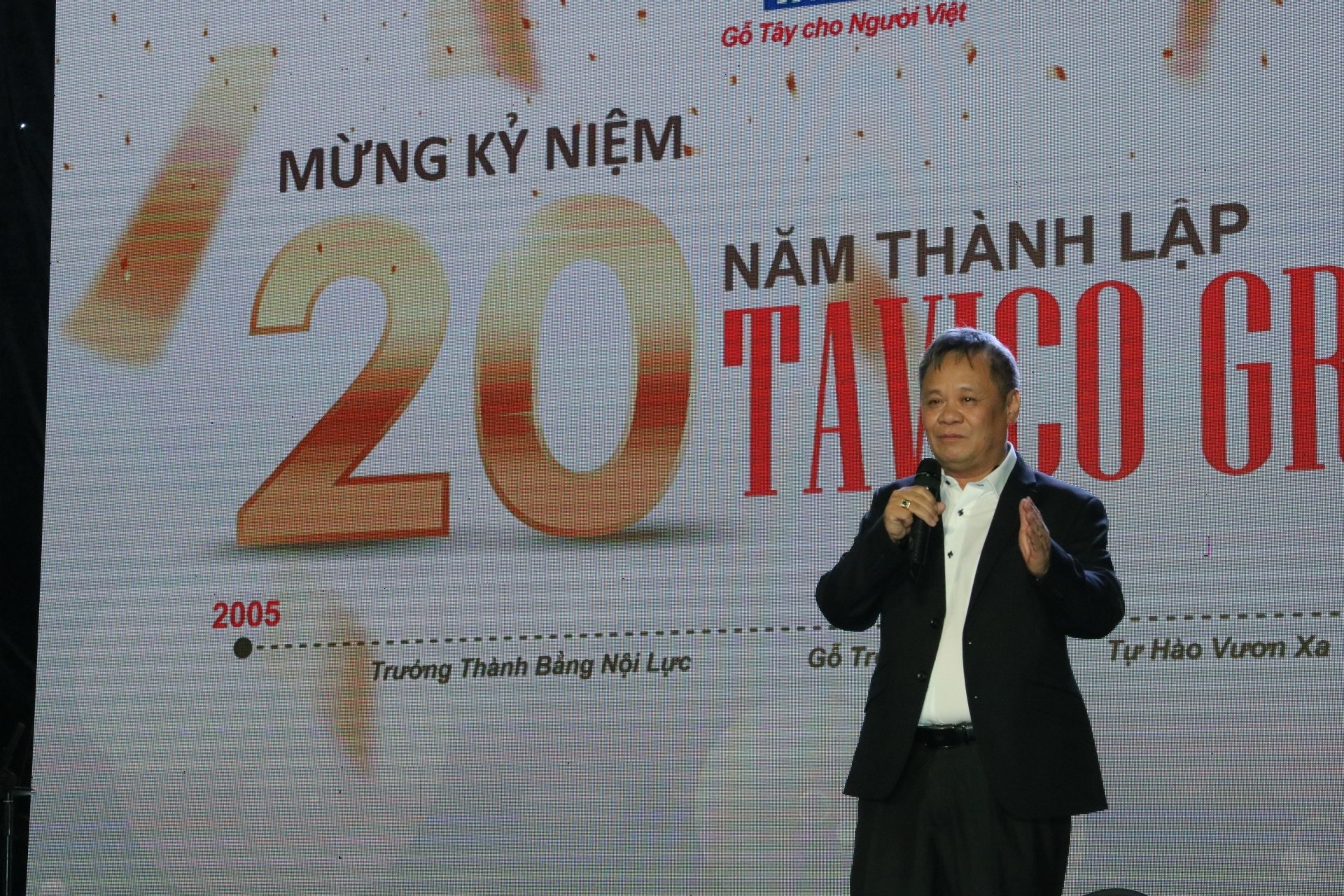
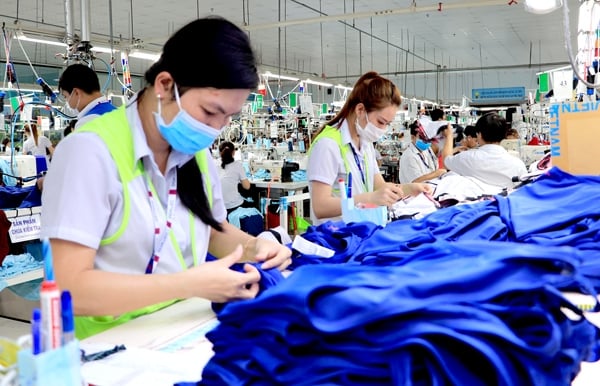

![[Photo] President Luong Cuong meets with Lao Prime Minister Sonexay Siphandone](https://vstatic.vietnam.vn/vietnam/resource/IMAGE/2025/4/25/3d70fe28a71c4031b03cd141cb1ed3b1)
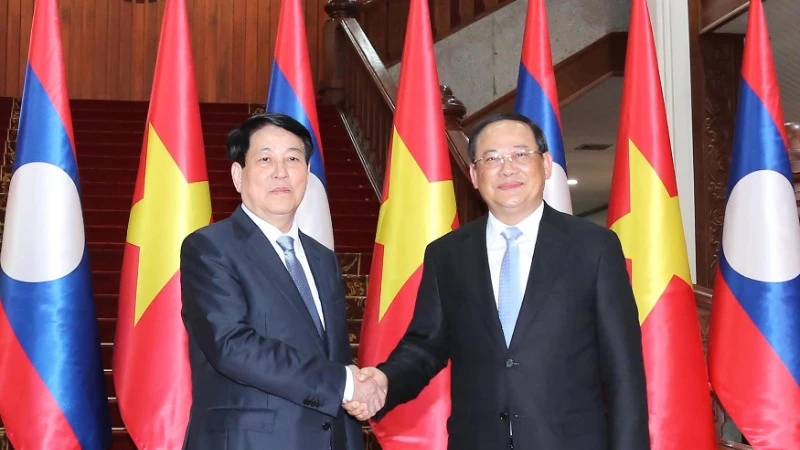









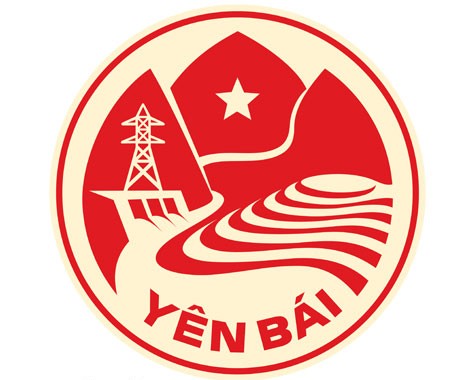
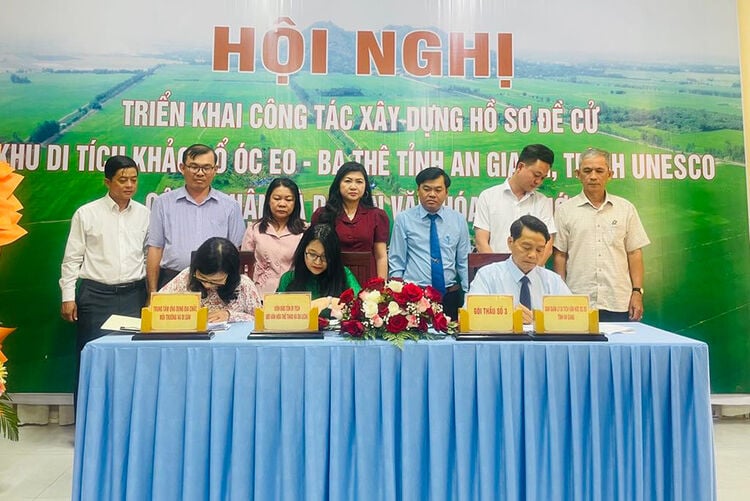
















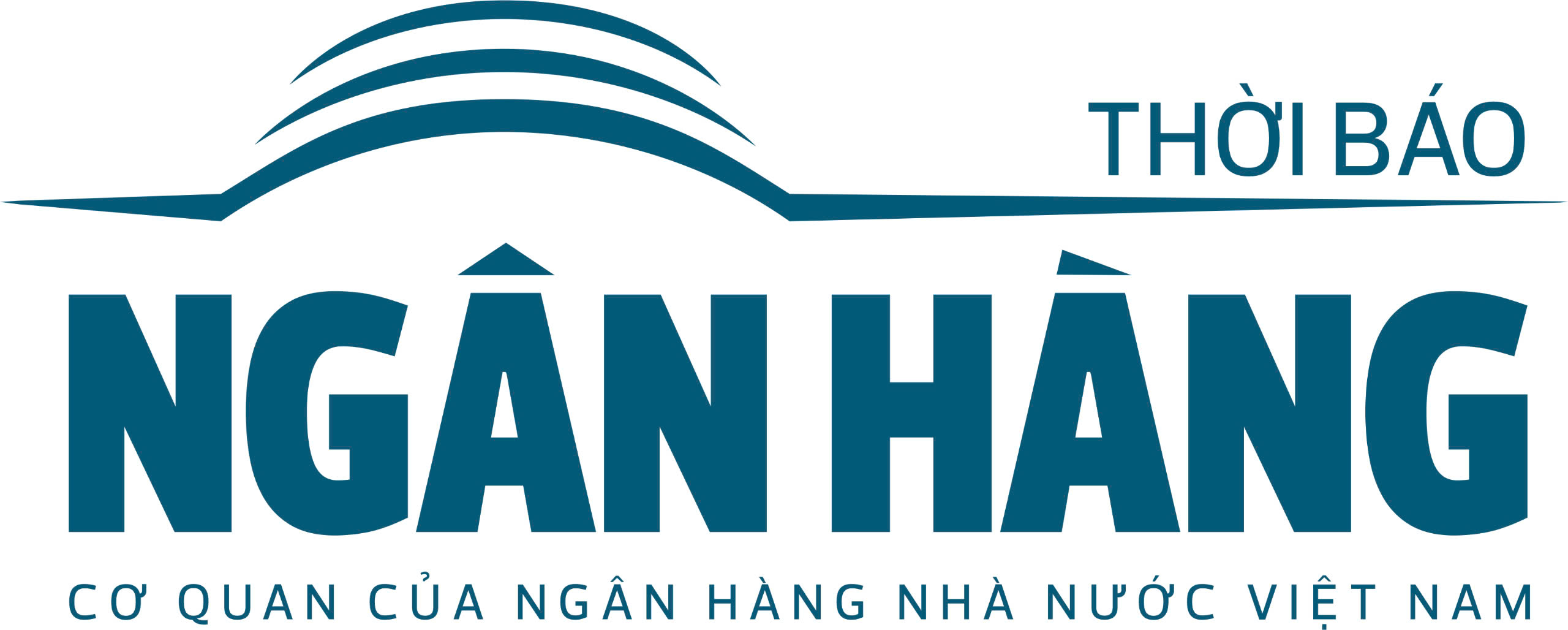


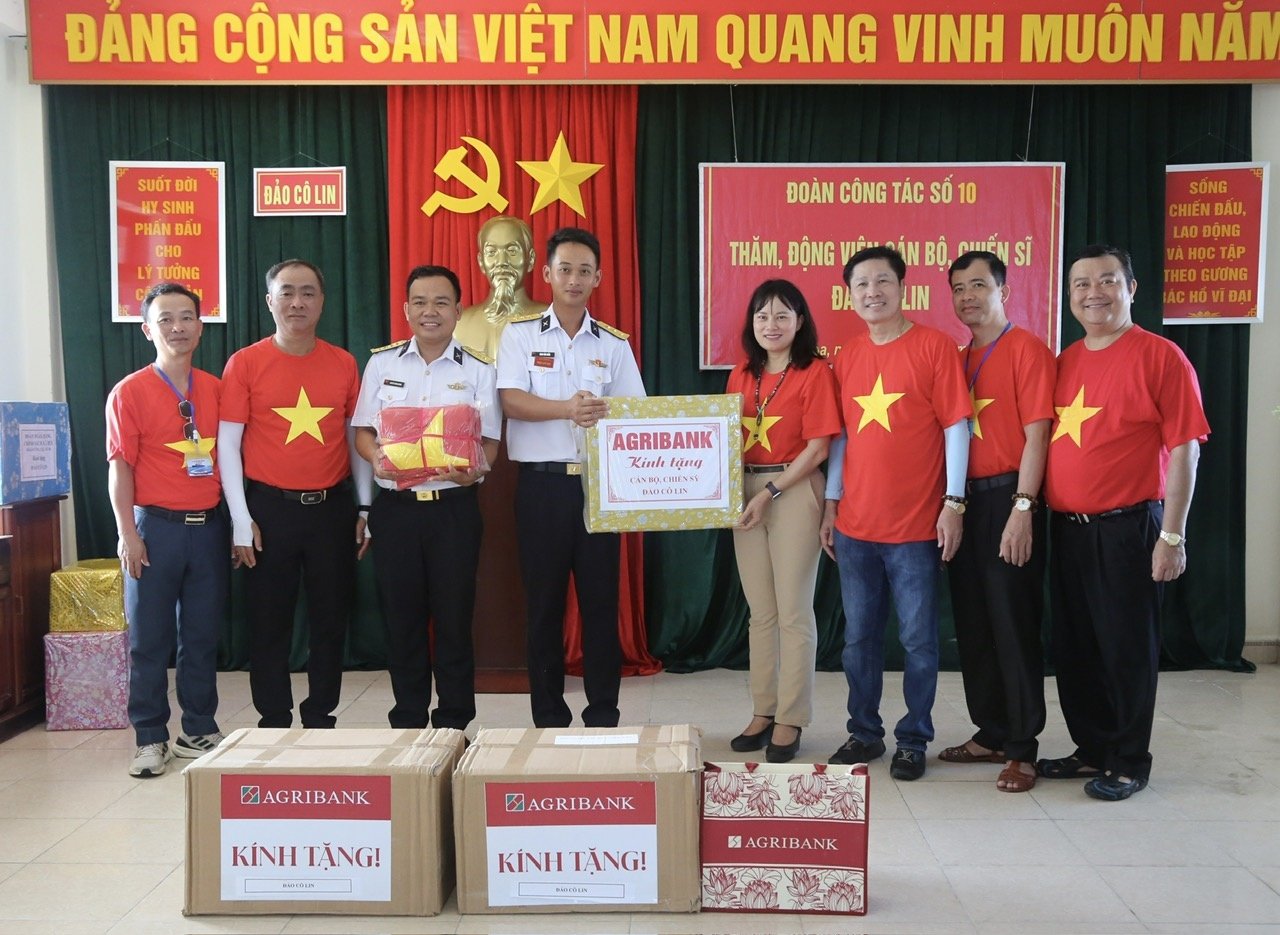






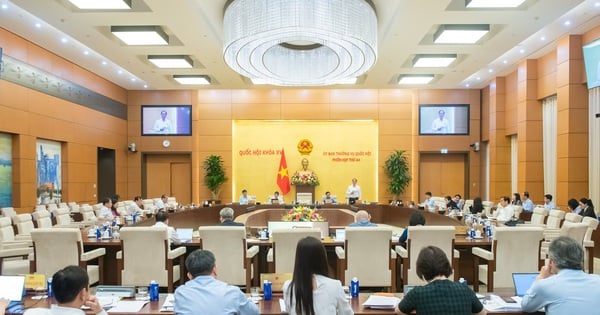

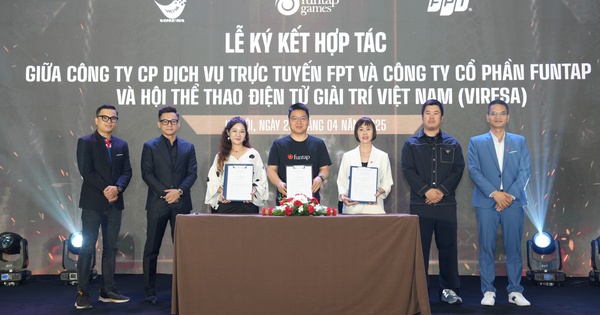
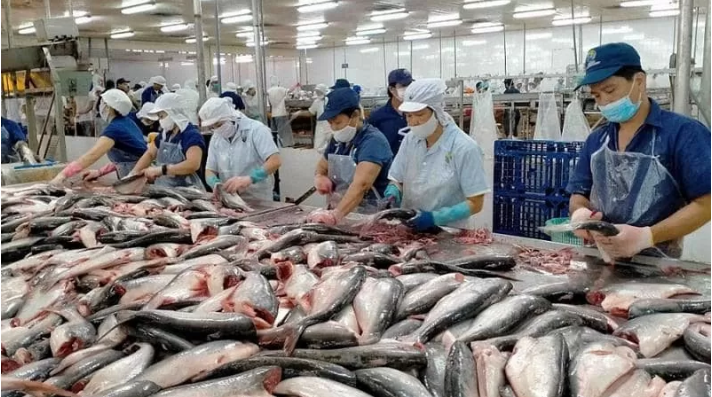

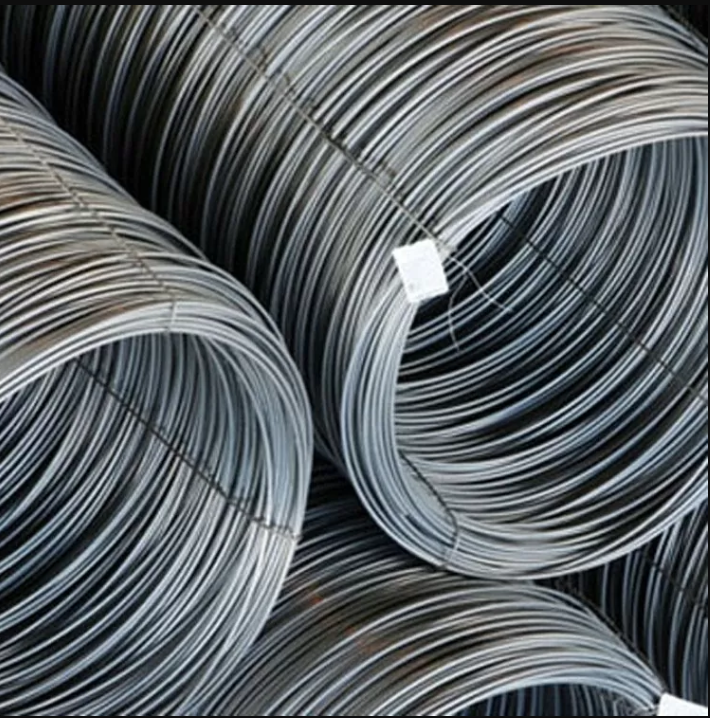
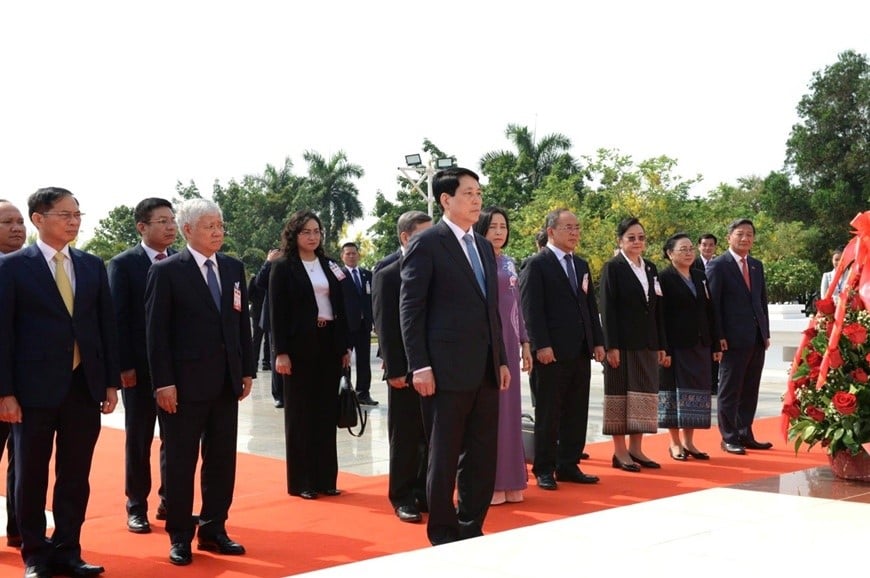
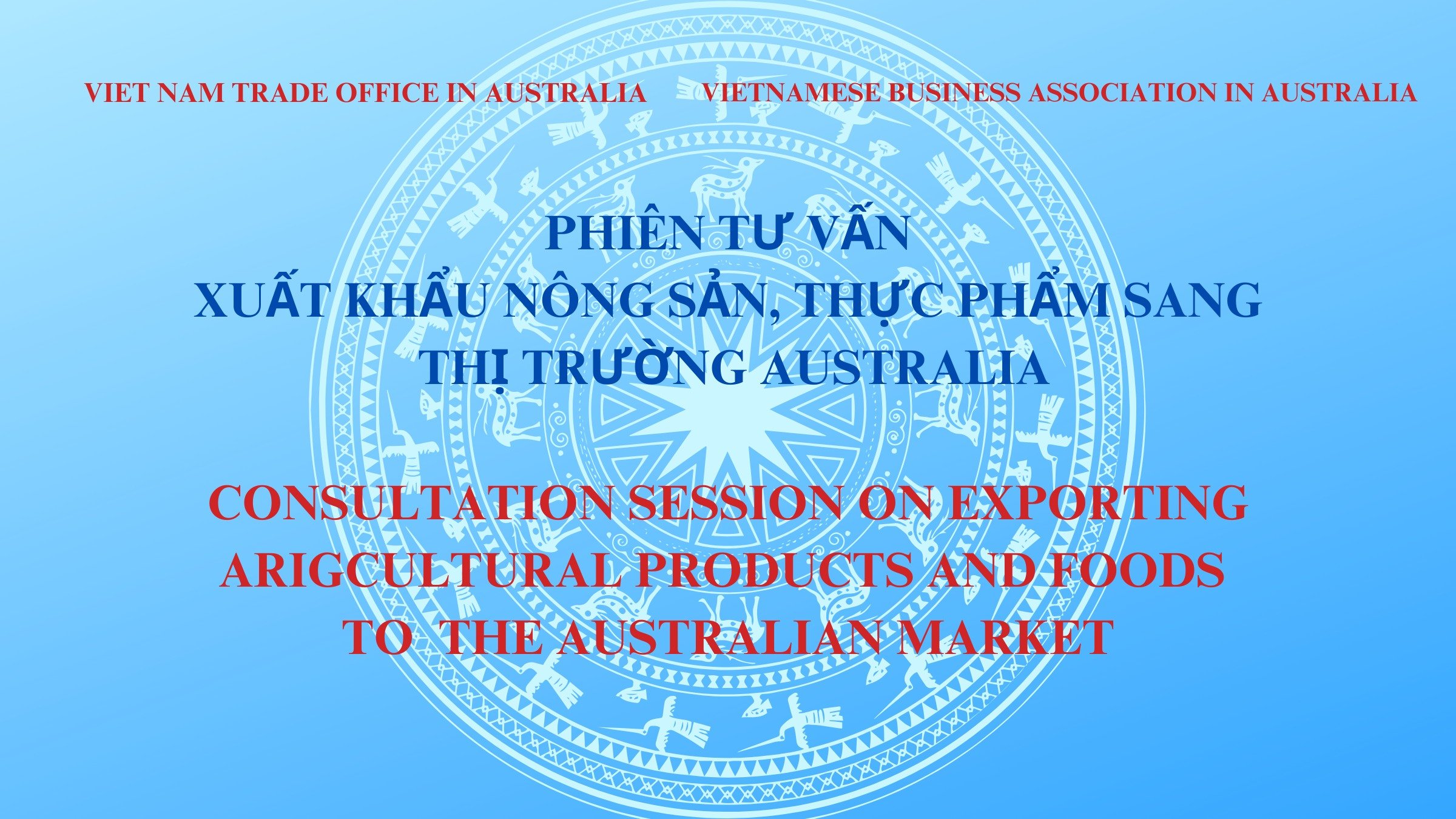

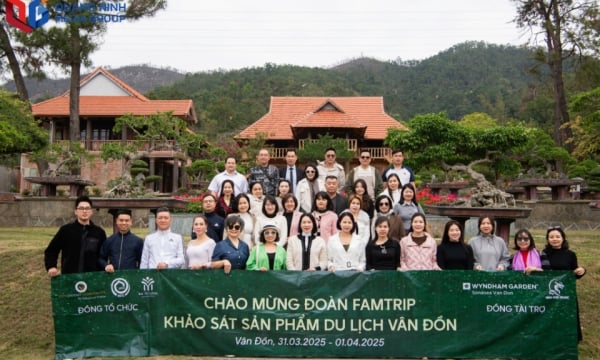







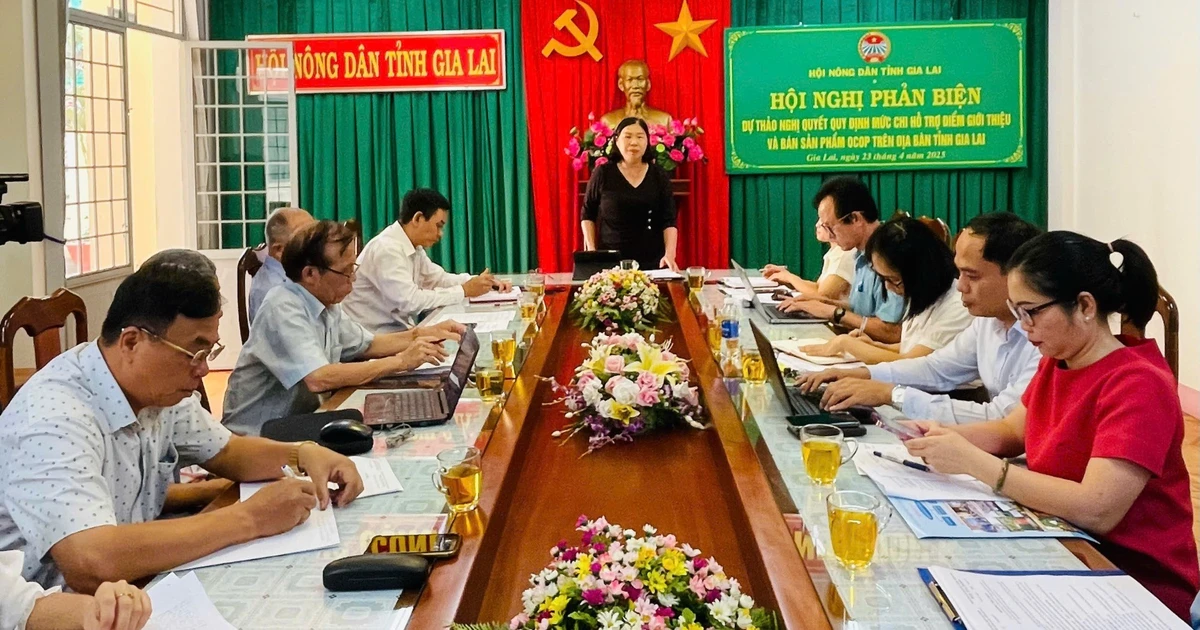

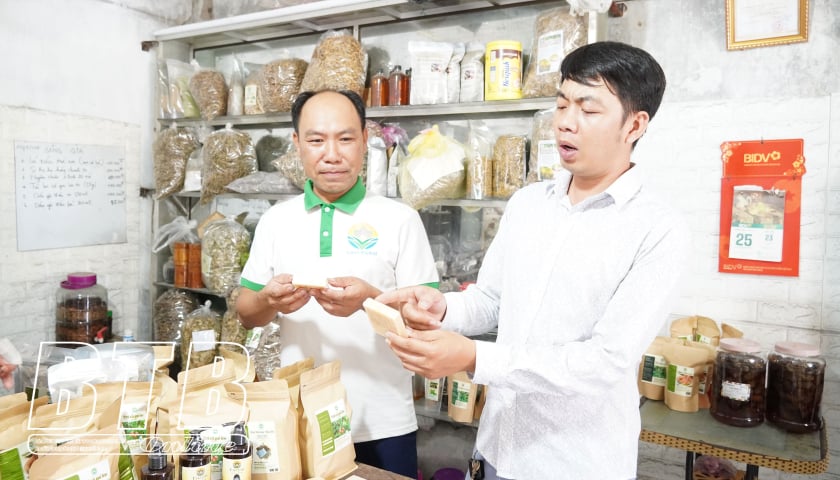



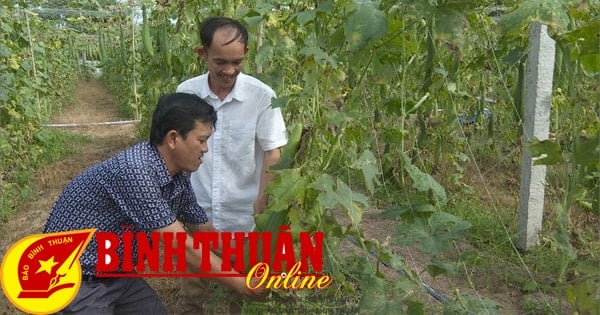

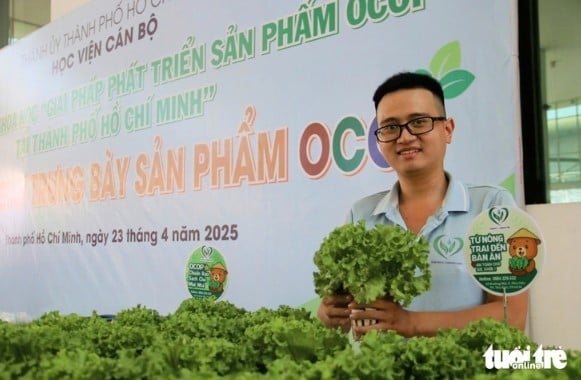
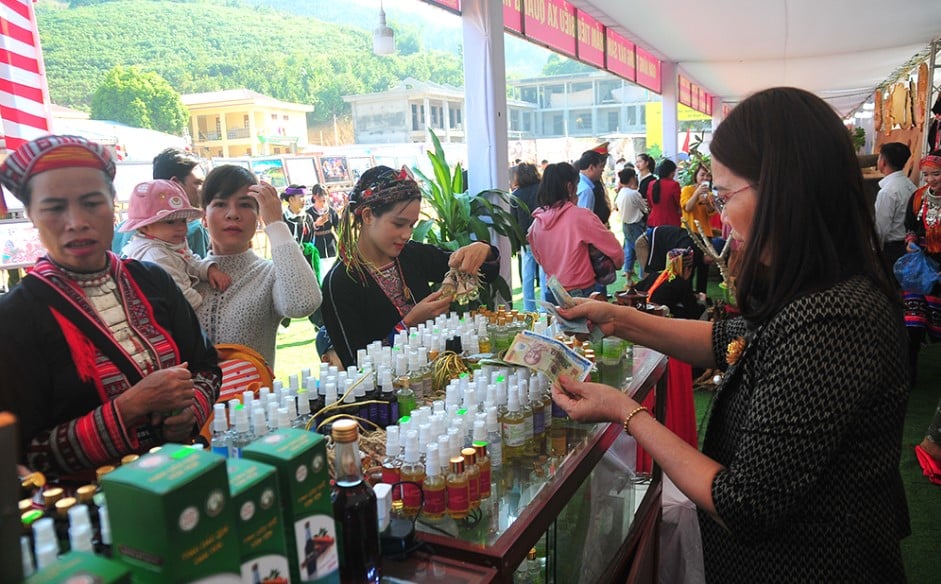
Comment (0)